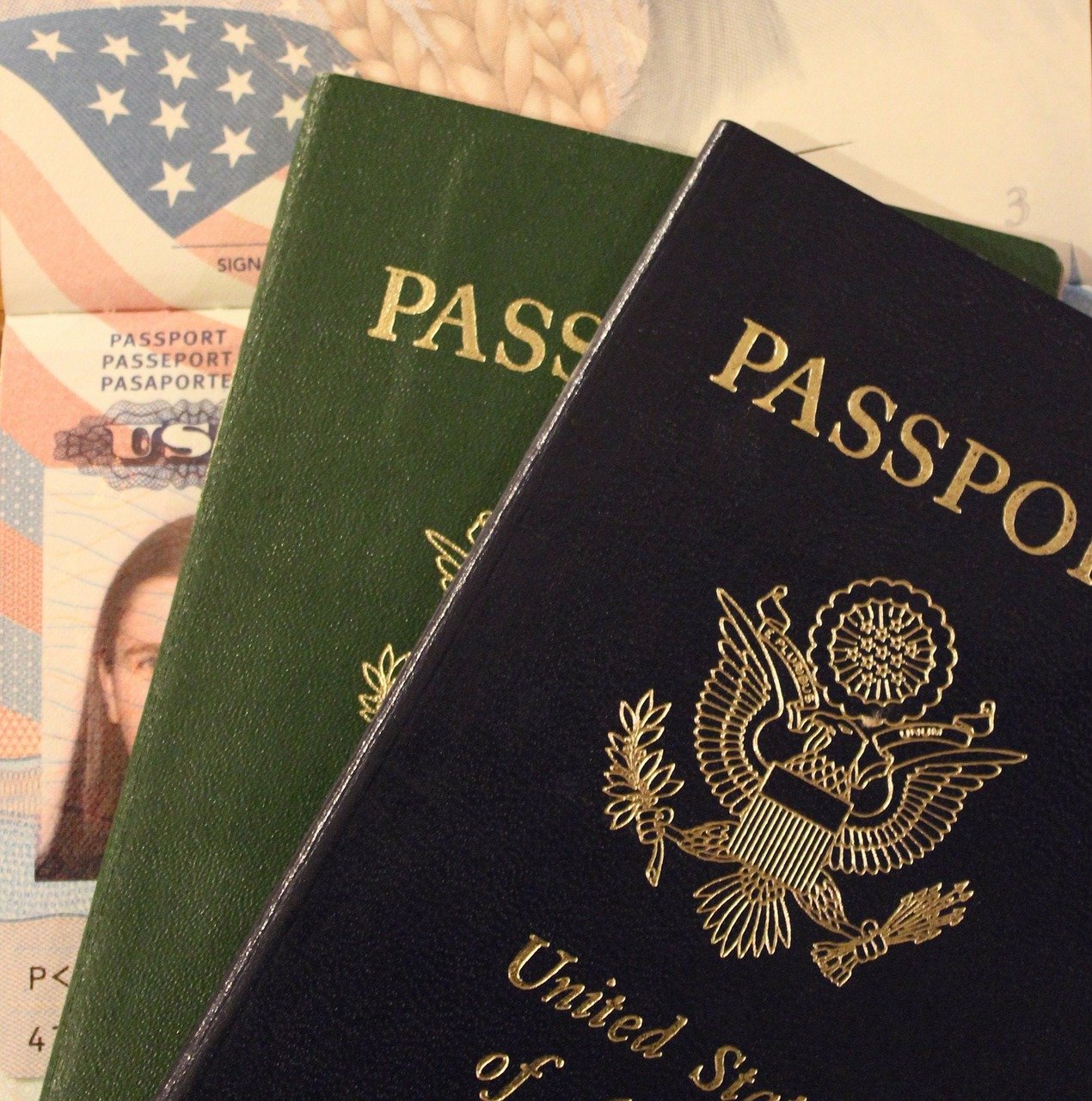Traveling with pets, particularly with dogs, can be a challenging and stressful ordeal. Planning and preparation are essential to ensure a safe and comfortable journey for your furry friend. In this article, we will discuss some practical tips on dog transport to help you and your dog have a worry-free trip.
Firstly, it is essential to choose the appropriate travel method for your dog. Air travel is the fastest way to transport your dog, but it can be stressful and dangerous for your pet. If you have to go by plane, check the airline’s regulations and requirements for pet travel. It’s best to fly non-stop, and pets should fly in the cabin with you whenever possible. If that’s not possible, use a reputable pet transport company and make sure they have a good record of safety and care.
If you’re traveling by car, make sure your dog is comfortable and safe during the journey. Use a seat belt harness or a dog crate to keep your pet secure. Don’t let your dog roam freely in the car, as it’s not only dangerous but also illegal in most states. Never leave your pet in a parked car, as it can quickly become a death trap. Please don’t forget to bring along your pet’s health and vaccination records, as some states require proof of up-to-date vaccinations.
Secondly, train your dog for travel. Before heading out on a long trip, start by taking your dog on short trips to get them used to the car’s movements and sounds. Gradually increase the duration and distance of each trip, but observe how your dog reacts. Familiar objects such as their bed or a favorite toy can also help to calm them down and create a sense of familiarity during the journey.
Thirdly, pack everything your dog needs. Bring enough food and treats for the duration of the trip, as well as a supply of water from home. Pack your dog’s medications, favorite toys, and grooming tools if necessary. It’s also a good idea to bring along a first-aid kit, just in case of emergency. Finally, don’t forget to bring poop bags, wipes, and towels for any accidents or messes.
Lastly, be aware of the signs of stress in dogs during travel. Some dogs may exhibit signs of motion sickness, anxiety, or fear. Signs of motion sickness include excessive drooling, vomiting, and whining. Signs of anxiety and fear include trembling, panting, and trying to escape the car or crate. If your dog is showing any of these signs, stop the car and take a break. Offer your dog water and a chance to relieve themselves. If the behavior persists, speak to your veterinarian about possible remedies such as calming supplements or medication.
Dog transport requires proper planning and preparation to ensure your pet’s safety and comfort during travel. Select the appropriate form of travel, train your dog, pack everything your pet needs, and recognize the signs of stress in dogs during travel. With these tips, you and your dog can safely embark on your journey together.






